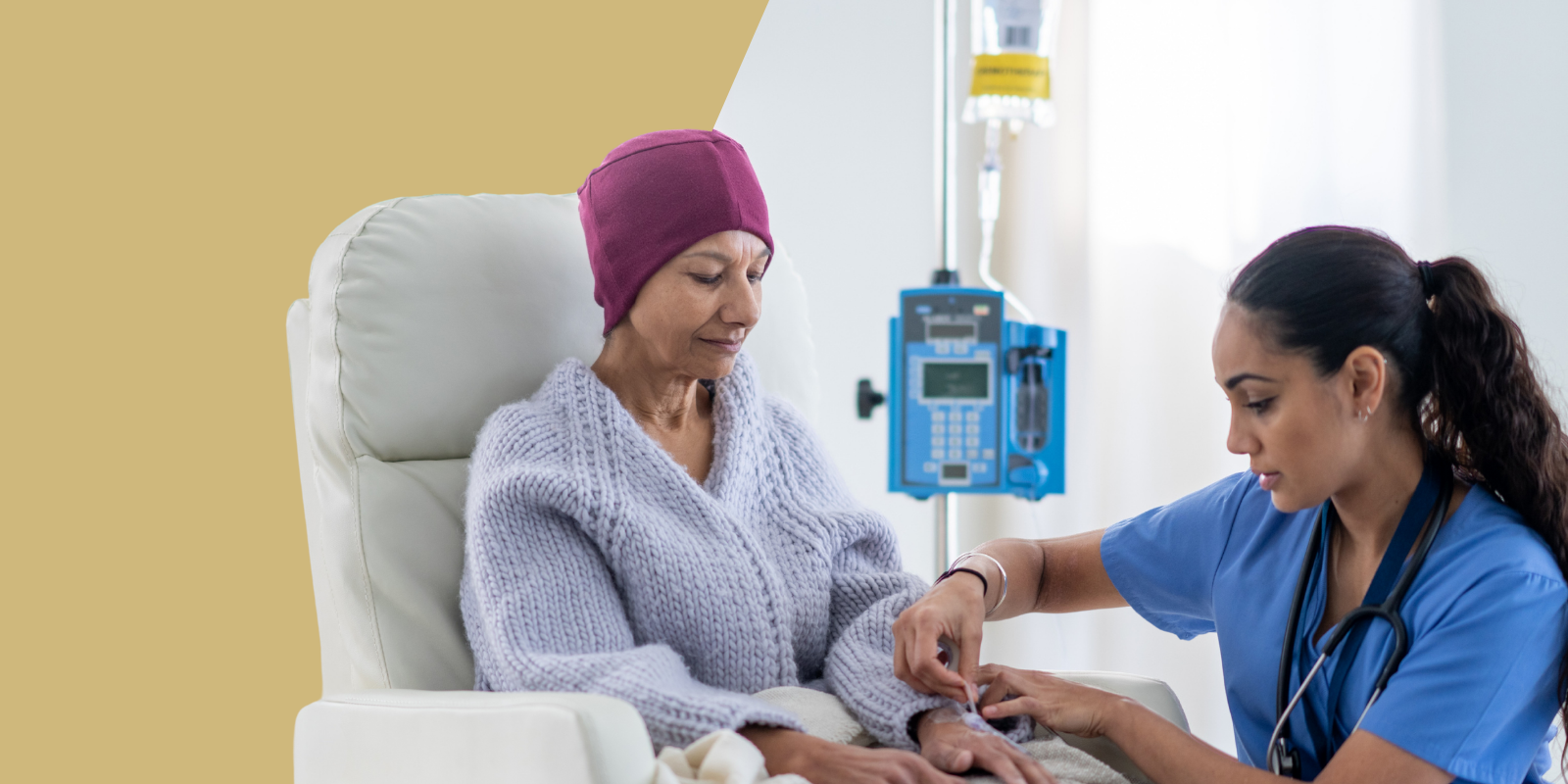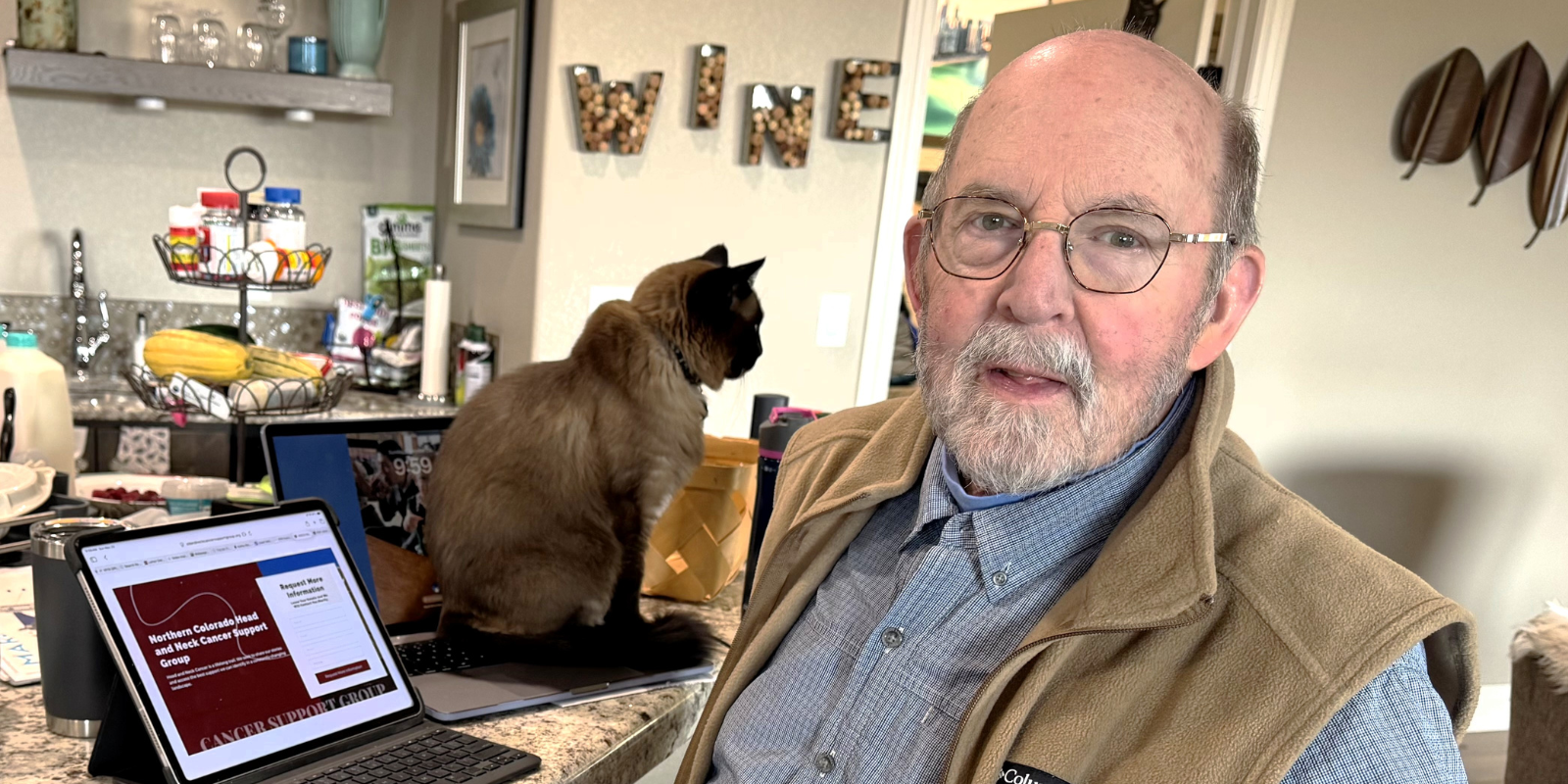Last year when surgeon Gretchen Ahrendt, MD, was considering a move from the University of Pittsburgh to accept the position of Director of the Diane O’Connor Thompson Breast Center on the Anschutz Campus, she and her husband, Steven – also a surgical oncologist – agreed their three daughters would have to support the move.
“Even though we’re empty-nesters now, we didn’t want to leave Pittsburgh and leave them without a home,” Ahrendt says.
The girls couldn’t believe their good luck. Ever since they were little, the family had escaped to the mountains whenever they could. When Ahrendt moved to Denver in May, the girls scored a home base in one of the best mountain recreation cities in the world.
“When they were here this summer, we hiked in Rocky Mountain National Park and went up Pike’s Peak. One of my daughters was just here for a three-day weekend and we mountain biked on Saturday, hiked a 13er on Sunday and went kayaking on Monday,” she says.
This winter, Ahrendt – who ran cross-country at Carleton College in Minnesota – is looking forward to downhill and cross-country skiing. After Pittsburgh, PA, Northfield, MN, and 5 years on the faculty of the University of Rochester in New York, Denver won’t be the snowiest place Ahrendt has lived…but the fact that snow can exist under a blue sky might come as a shock. Somehow, though, we’re pretty sure that Gretchen Ahrendt and her family will fit in just fine here in Colorado.
And while she’s in town, Ahrendt hopes to continue growing the Diane O’Connor Thompson Breast Center into a nationally recognized leader in breast cancer research and care.
“Our program is already exceptionally strong for young women with breast cancer, in large part due to the work of Virginia Borges, director of the Young Women’s Breast Cancer Translational Program, and I’m very interested in helping the program focus on the continuum of breast cancer across age,” Ahrendt says.
As a surgeon, it may seem counterintuitive that one of her main goals is to evaluate situations in which patients may need less surgery.
“Most people know about drug clinical trials, but there are surgical clinical trials too, and through-out my career I’ve had a special interest in trials that compare the results of more versus less surgery,” she says. Currently the Center offers a trial compar-ing more versus less lymph node surgery. Soon Ahrendt expects to open a trial exploring whether women whose breast cancer responds dramatically to chemotherapy may omit surgery entirely. “If a tumor melts away with chemotherapy, this trial asks the question whether there’s any role for surgery at all. In many cases, surgery plays an essential role, but we’re starting to learn more about when it doesn’t,” she says.
In addition to reducing complications and recov-ery times, making treatment easier on the body may allow doctors to treat older or more fragile patients. When surgery remains necessary, Ahrendt hopes to implement cutting-edge technologies to maximize effectiveness while minimizing the impact on patients’ lives. For example, she points out that small breast tumors are often marked for surgery by a wire. “It’s not terribly precise and patients dislike it,” she says. Instead of this wire, Ahrendt brings expertise in a relatively new technique in which small “seeds” are implanted into the breast to pinpoint tumor location, size and orientation.
The bigger goal is to go beyond treating cancer, to treat patients with cancer.
“At Carleton, I got really involved in the Chemistry Department – tutoring, grading papers and doing summer research – but I went into medicine because I wanted to connect with people,” Ahrendt says. “Working in breast cancer sort of marries the best of surgery and medicine
– you have an immediate, tangible impact on patients, but then you get to follow them for a long period of time.”
Ahrendt points out that the growth of the UCHealth system will allow her to reach even more patients.
“As a physician, first and foremost, most of us go into medicine because we care about connecting with people and improving their lives,” she says. “You can do that one-on-one, but developing a program and leading a program lets you connect with so many more. Here in Colorado, we have a chance to get out into the community to reach more women and bring services only an academic medical center can offer.”



